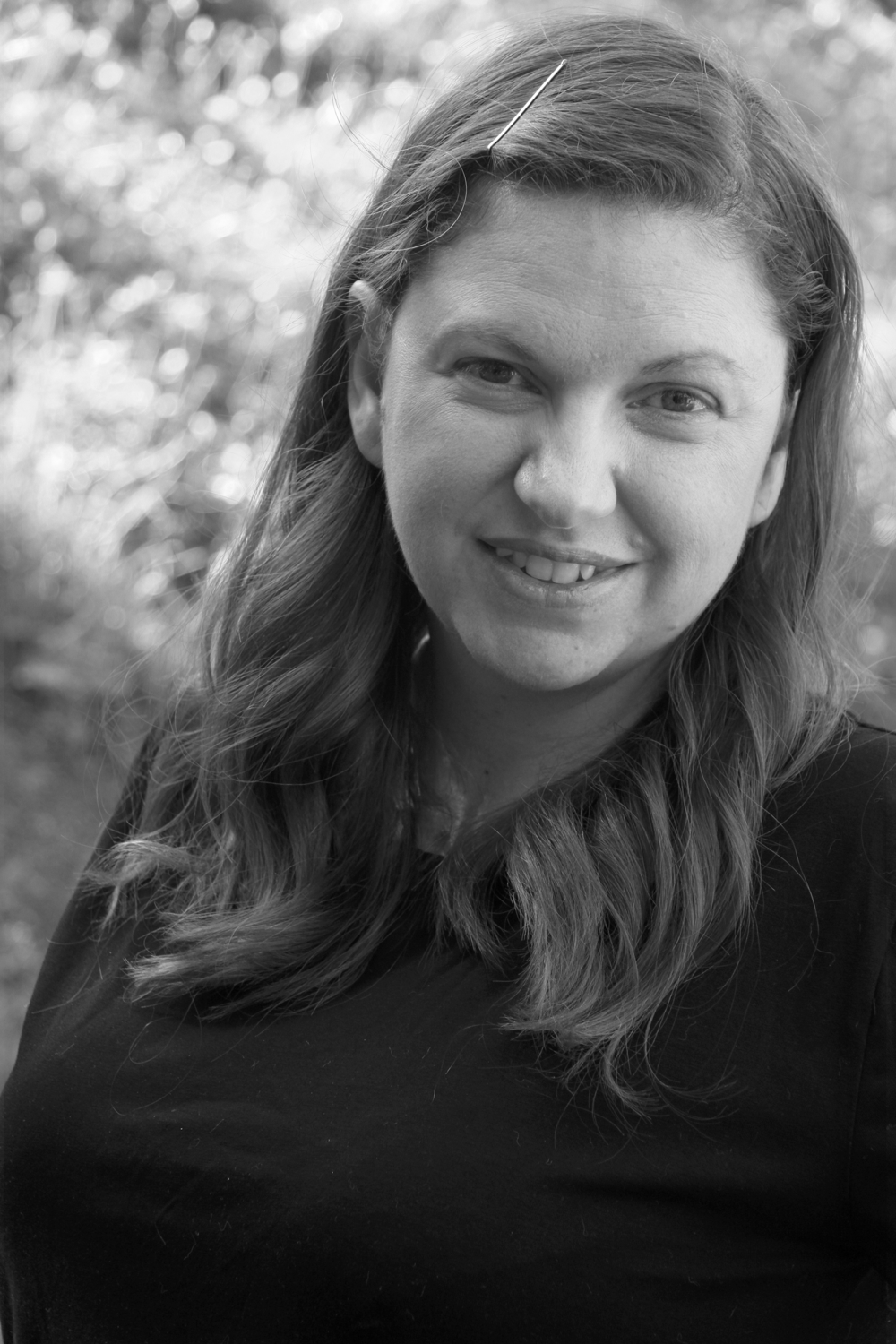The Post-Sustainable Era of Biophilic Design - Shifting Focus in the Green Building Movement
- Christina

- Nov 12, 2019
- 4 min read
Updated: May 25, 2020
Biophilic Design is taking hold in the design community.
The passion is palpable!
Colleagues in the design industry are saying “Now that I know, how can I design the way I used too?” - I’ve heard this from several professionals.
Probably one of the most interesting parts of green building is this dramatic shift to human health after a heavy focus on planet health. It’s the part that’s missing and misunderstood when I’m discussing green building with people, they think green building just means renewable energy and a focus on saving the planet.
”The first wave of sustainability — including the adoption of LEED and other green building standards — ‘was the focus on planetary health,’ said Fedrizzi [...]. ‘The second wave of sustainability is focused on human health, because those two are intrinsically linked. You can’t separate humans from the planet, or vice versa.’”(1). Yet, somehow we managed to separate them before which is causing a confusion now.
The general public’s view, and the industry as well, have yet to catch up to what’s going on at the ground level to take Biophilic Design as more than just add a plant to increase your health.
Green building standards are only starting to include biophilic design (excluding the Living Building Challenge which incorporated health and wellness from the beginning). And even some aspects of green building contradict biophilic design.
Where is the Mixup Happening Still
Lets start with what does Eco-friendly or Green products mean.
A product can be called Eco-friendly, however that doesn’t mean it Human-friendly.
A green or sustainable product can mean natural products were conserved in the construction of the product. So what does that leave the manufacturer to use? The rest of the product can be made up of synthetic materials with carcinogens (know cancer causing or cancer growth supporting chemicals).
Eco-friendly can mean it lasts a long time, durability can come from products manufactured with red list chemicals.
Eco-friendly can mean the product contains alternatives to natural materials, mdf wood for example that uses adhesives which off gas at room temperature for years.
The words eco-friendly, green, sustainable are non-certified labels any manufacturer can use them even with a leaf symbol, these words on not regulated by the government setting any standard for meaning or means of passing any studies that prove they are green.
Why Biophilic Design
What is Biophilia?
Biophilia (meaning love of nature) focuses on human’s innate attraction to nature and natural processes.(2)
Why We Need Biophilic Design?
An environment devoid of nature can have a negative effect on health, productivity and well-being.*(3)
The California Energy Commission studied offices and windows and found, “an ample and pleasant view was consistently found to be associated with better office worker performance.”(4)
A recent study found individuals had an “unconscious calming reaction to touching a plant.” The same study showed an increase in brain activity touching metal. (5)
The type and quality of light in the built environment has yet to be updated to human physical needs. “While there is still much to learn about how the built environment affects people’s health and wellbeing, enough is known about how light affects the circadian system and this knowledge can help architects and designers design lighting to promote circadian entrainment, and hopefully, improve health and wellbeing in the general population.”(6)
But what do we have for our current built environment:
rooms that are absent of natural light
views of other building with nothing green
offices and homes full of synthetic materials
Our buildings are devoid of any connection to what restores us.
The Post-Sustainable Shift to Biophilic Design
Stephen Kellert authored a few books on Biophilia/Biophilic Design, discussed Biophilic Design in the documentary “Biophilic Design: The Architecture of Life” in the context of a Post-Sustainable Design Era.
The shift started when researchers were looking into zoos and trying to figure out why certain animals were having aggression, fertility, and depression issues. At the time animal enclosures were filled with manmade materials instead of the animals natural habitat. And with the reintroduction to a habitat that was more natural, building designers started to look at what we have designed for ourselves and our resulting health issues.
Kellert explains: We outlawed the old zoos and replaced them with exquisite reproductions of natural animal environments, but we keep humans in inhumane environments.(7)
The rise of Biophilic Design has occurred because the interiors and exteriors of buildings have stripped of all natural products. With the shift in focusing on whole health and wellness in recent years, biophilia is becoming more prevalent. The scientific evidence for individual biophilic design elements (daylighting, natural materials, biomimicry, water, sensory stimuli, prospect, and refuge) is vast and has been accumulating for over 30 years. However, not many universities are teaching Biophilic Design nor are many designers practicing it. I wanted to educate myself further than my own personal studies so I applied and was accepted to the International Living Future Institutes 5 Week Biophilic Design Inventive Inaugural Cohort which started this week.
What is important to me is getting the message out to clients, colleagues, and the general public to spread awareness of what it means to build with biophilic design.
Getting everyone up to speed on the new trend, has shown to be difficult. In the Biophilic Design documentary, Stephen Kellert states how sustainable building has shown progress but more needs done. “We designed ourselves into this predicament and we can design ourselves out of it.”(8) We can’t keep design buildings without looking to biophilic design to ground our innate connection with nature while checking material ingredients (for red list chemicals), and addressing construction methods. The benefits, the design process, the multi dimensional layers are more than just adding a plant to create a biophilic space, it requires educated professionals to implement.
We Need Biophilic Building
The development of a Post-Sustainable Era of Biophilic Design in the built environment must continue, it means taking a hard look at prioritizomg the health and wellbeing of the building occupants.
1. https://www.pcma.org/creating-sustainable-convention-centers/
5. https://www.ncbi.nlm.nih.gov/pmc/articles/PMC3660240/#!po=48.0769
7. https://www.architectmagazine.com/practice/biophilia-becomes-a-design-standard_o
8. https://vimeo.com/17066












































Comments